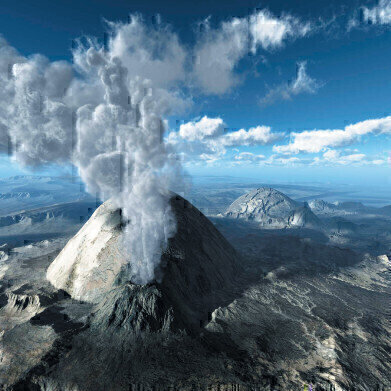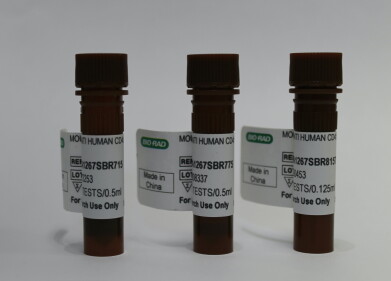Laboratory Products
Frontline Instrument for Research into the Health Hazard of Volcanic Ash
Apr 04 2011
The Mastersizer 2000 laser diffraction particle size analyser from Malvern is one of the first instruments applied by scientists when assessing the respiratory health hazard of volcanic ash. Dr Claire Horwell, Director of the International Volcanic Health Hazard Network, receives volcanic ash samples from all over the world at her lab at Durham University, UK. Working within the Institute of Hazard Risk and Resilience, Dr Horwell’s remit is to provide rapid advice as to the likely health hazard of ash from particular volcanoes to support agencies working at the site of the eruption. Clearly the events of this year with the eruption of Eyjafjallajökull in Iceland and the effect on air travel have heightened awareness internationally of this work.
“The Mastersizer 2000 is the first instrument we turn to with a new sample,” explained Dr Horwell, “It quickly provides a reliable measurement of the grain size of the volcanic ash, and in particular, quantifies what fraction of the ash lies in the sub-4 micron range. Material in this range will tend to deposit in the deep lung if inhaled. If we find an appreciable respiratory risk we can advise those working on the ground and can go on to carry out further tests that quantify the potential for harm in greater detail.”
The volcanic samples are measured following ultrasonication of the ash in water in order to achieve full dispersion of any very fine particles, which may form strongly bound agglomerates during eruption and sample transport. This ensures that the primary grain size is measured and avoids underestimation of the respiratory hazard. The dispersion process is fully automated within the Mastersizer 2000 system, allowing measurements to be completed in just a few minutes.
The amount of ash in the sub-4 micron region varies considerably. Research suggests it can lie anywhere in the range 0 to 17% depending on the style of the eruption and the distance from the volcano. For samples containing healththreatening quantities of inhalable fines, compositional analysis provides more detailed information as to the likely impact of the ash in vivo.
Digital Edition
Lab Asia 31.2 April 2024
April 2024
In This Edition Chromatography Articles - Approaches to troubleshooting an SPE method for the analysis of oligonucleotides (pt i) - High-precision liquid flow processes demand full fluidic c...
View all digital editions
Events
InformEx Zone at CPhl North America
May 07 2024 Pennsylvania, PA, USA
May 14 2024 Oklahoma City, OK, USA
May 15 2024 Birmingham, UK
May 21 2024 Lagos, Nigeria
May 22 2024 Basel, Switzerland







.jpg)










